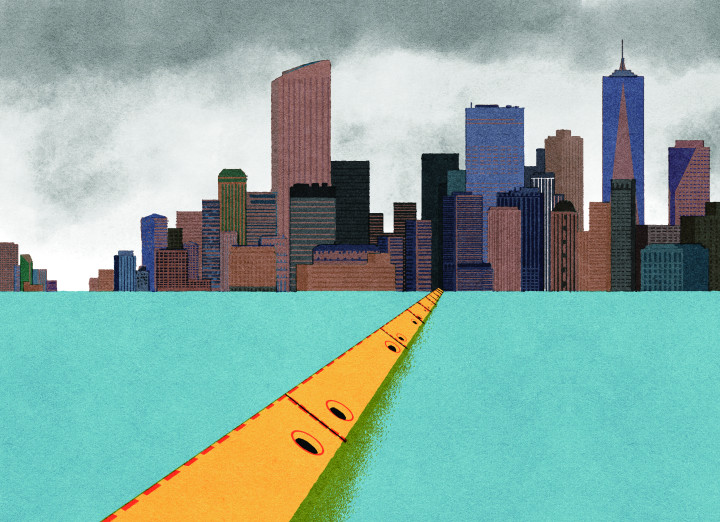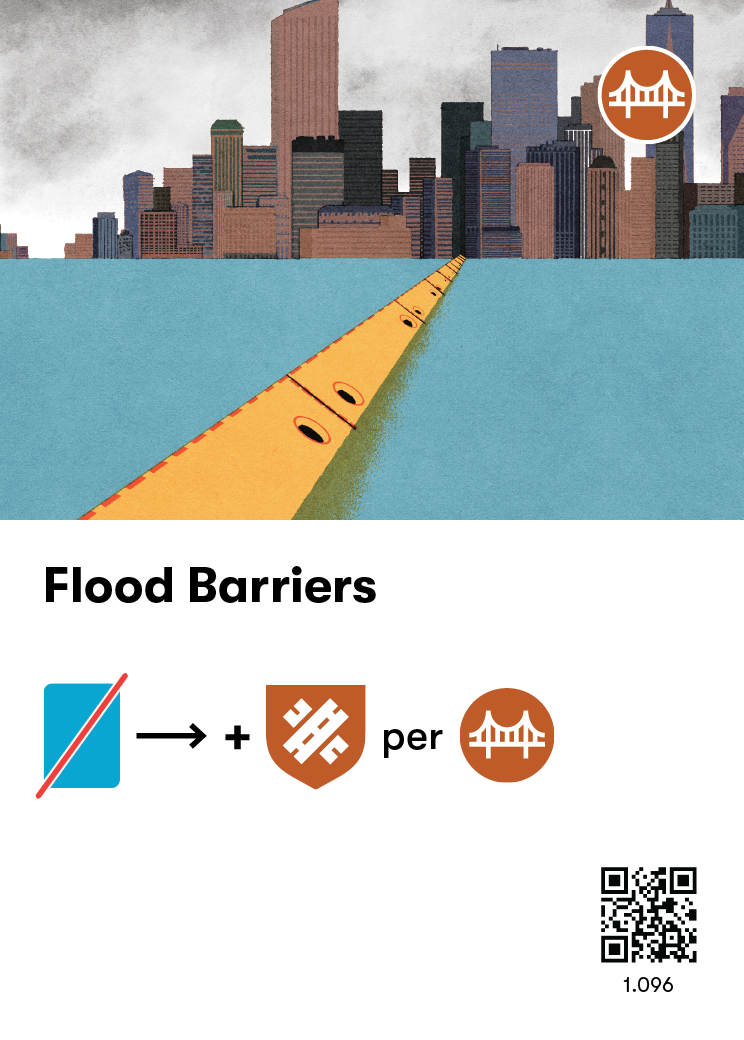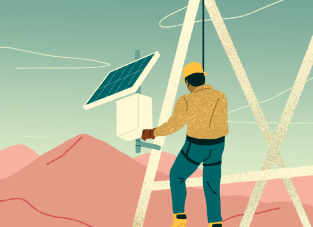Flood Barriers
Local Project
The concept of a flood defense is very simple: shape a local place such that flood water won’t cause damage or risk peoples’ safety.
Some flood barrier systems are ‘hard’ barriers, where a wall is built around an area to keep water from getting in. Their design and engineering is extremely complex, often expensive, and requires upkeep and maintenance. They can be built from human-made materials such as concrete, often called floodwall, as well as with soil and stone, typically referred to as ‘levees’.
‘Natural’ flood management shapes an area to absorb flood water safely, like a sponge. Mangroves and wetlands, for example, can help capture storm surge waters and lessen the burden on human-made flood barriers. Flood plains across fields are also commonly used. Flooding cycles can naturally cultivate healthy ecosystems.
As the climate emergency worsens, sea level rise, more frequent and intense rainstorms, and hurricanes are making flooding more severe. Existing flood barriers and systems were rarely designed with the climate emergency in mind, so they may become less effective.
More and more coastal cities are looking to create flood defenses to protect their buildings and residents from rising water. Scientists, ecologists and engineers have the knowledge to build them effectively but paying for the cost of construction is a major challenge, even shaping natural systems can be expensive.
Discard 1 card from your hand, then add 1 Infrastructure Resilience token to your player board for each Infrastructure tag in this card's stack.

Climate Resilient Design Standards and Guidelines (City of Boston, Massachusetts)
Environment & Disaster Management Flood Management resources (WWF)
The evidence behind Natural Flood Management (UK Government)
Review flood maps for your home and community to know if you live or work in a flood zone. Make sure the maps are up-to-date and if not, petition your local government to update them.
Urge your government to support climate resilience measures both at home, and in vulnerable nations around the world.



